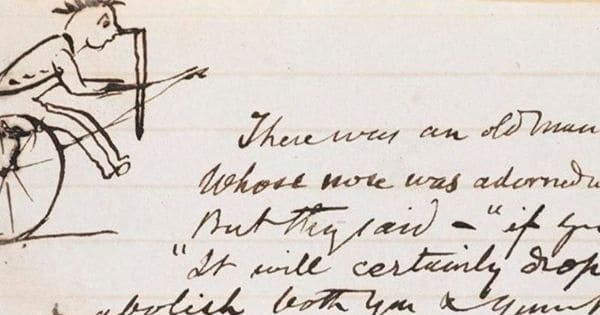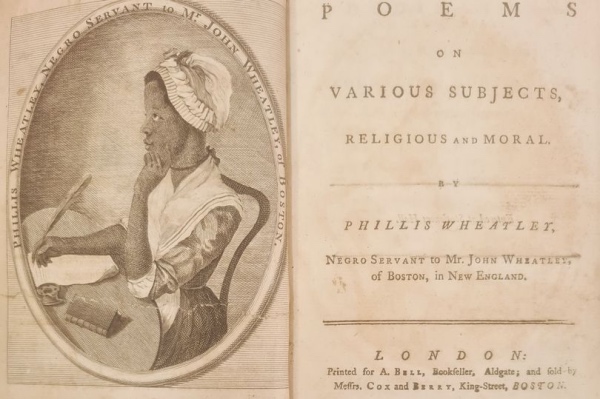A three line poem consisting of 17 syllables written in a 5/7/5 syllable rhythm…what could be simpler right? Well, if it was indeed so, we would all be texting Haikus to each other as easily as we send smileys these days.
When you read a poem, you can experience it through all your senses and that is something Haiku specifically tries to do. Haiku poems are usually about nature and include vivid images portrayed through the mention of colours, seasons or animals. These season words called kigo indicate a particular time of the year. Winter may be indicated by the use of words like ‘snow’ or ‘bare tree’; Summer by references to ‘sky’ or ‘heat’.

For first time Haiku readers, the experience could leave you feeling a bit lost, especially as the poem is of just three lines and rarely has a rhyme. Traditional Japanese Haiku was measured in breaths not the English syllable and had two simple ideas placed in juxtaposition. What makes it stand out is the ability to be read in one breath and a sense of sudden enlightenment when the poem ends. Also, the subjects that Haiku poems express are easily recognizable by any reader and thus, boost audience connect. The Haiku is known for being crisp, simple and direct.
Another surprising fact is that Haiku poems have no title. Hence, there is no way to understand what the poem might be about.
Matsuo Basho, Yosa Buson, and Kobayashi Issa are considered Haiku masters. It is said that mastering the art of Haiku can take many years. The famous Haiku called Old pond in English translations, or also referred to as the frog haiku was written by Basho and is learned by most school children in Japan. We mustn’t forget though, that Haiku poems have been written in Japanese and translating them into English while retaining the structure is a task as well.
Readers new to Haiku, might find themselves counting all the syllables just to be sure. And if you are courageous enough, there are many platforms across the World Wide Web where you too can try your hand at this beautiful yet not so easy form.
Go ahead. Begin soon, for it might take a while!

Birmingham Poet, Benjamin Zephaniah dies, aged 65





